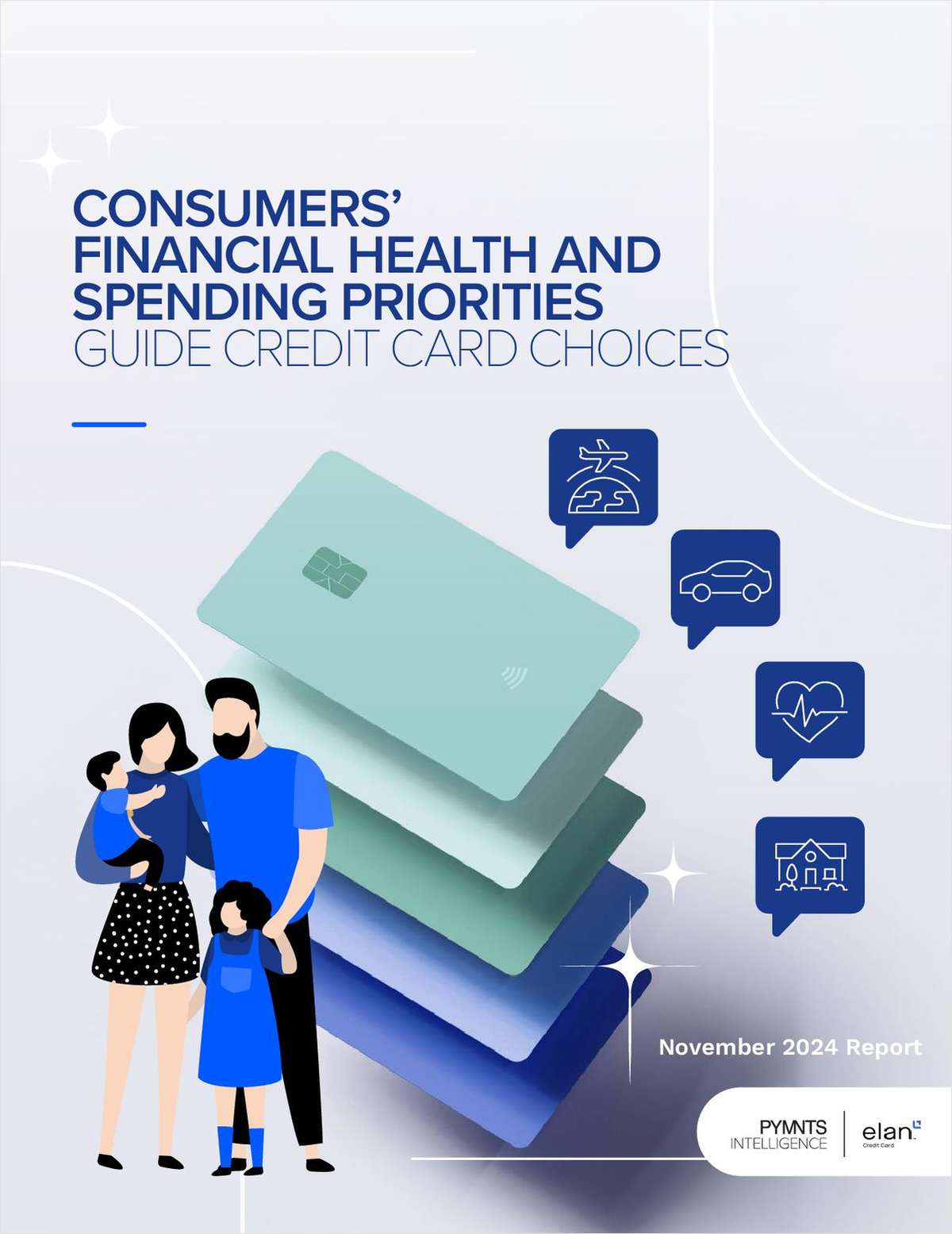As merchants and issuers slowly transition point-of-sale devices and payment cards to EMV, the next major step in the move from magstripe to chip technology has begun to loom: The shift deadline for ATMs and self-service fuel dispensers.
The liability shift deadline for ATM transactions made with MasterCard branded credit and debit cards is Oct. 1, 2016; Visa's deadline is Oct. 1, 2017.
Experts said as credit unions continue to migrate their magstripe plastic to chip cards, they should not neglect the impending deadline for making ATMs EMV-ready. They must also prepare to educate members on the new ATM technology and emphasize chip card benefits.
“Every financial institution or anyone that has an ATM should be looking to upgrade their ATMs to meet that upcoming liability shift,” Art Harper, director of card payment solutions at the St. Petersburg, Fla.-based payments CUSO PSCU, said.
One expert emphasized the ATM transition isn't a mandate. It's a liability shift, and issuers and merchants have the option not do it.
“If the ATM owner has gone through the cost of certifying it and it is a magstripe card that has been compromised, then the liability goes to the issuer of that card, the credit union or the bank,” Jamie Topolski, director of alternative payment strategies at the Brookfield, Wis.-based core processor Fiserv, explained.
On the other hand, if a credit union or bank has upgraded its payment cards to include the EMV chip but the ATM owner hasn't upgraded its ATMs, the liability falls on the ATM owner in the event of a fraudulent card transaction.
While there is no mandate for the ATM transition, the threat of fraud might be enough to convince ATM owners to complete the upgrades. Skimmers have been attacking older ATMs in final efforts to gather card information from the weakest points of the ATM network.
Some industry observers, such as the National ATM Council, said they believe only 40% to 50% of ATMs will be EMV ready by October 2016. According to the council, Visa currently has 217 million EMV cards in the U.S.; 115 million are credit and 102 million are debit. MasterCard said approximately half of its U.S. consumer credit cards (192 million as of December 2015 per the Credit Card Forum) are EMV enabled.
All automatic fuel dispensers must be EMV compliant by October 2017 to comply with the liability shift.
Fuel merchants received extra time because self-service pumps need their wiring upgraded to a broadband environment. They also require recertification by state officials to verify they are dispensing and charging correctly.
“The state governments are saying they can certify all the pumps in a timely manner,” Harper said.
However, there are still some unresolved EMV related issues, such as the widely-perceived slow transition at POS terminals. In addition, the longstanding issue of PIN versus signature authorization has re-emerged.
Read a full account of current EMV issues in the April 27, 2016 print issue of Credit Union Times.
Complete your profile to continue reading and get FREE access to CUTimes.com, part of your ALM digital membership.
Your access to unlimited CUTimes.com content isn’t changing.
Once you are an ALM digital member, you’ll receive:
- Breaking credit union news and analysis, on-site and via our newsletters and custom alerts
- Weekly Shared Accounts podcast featuring exclusive interviews with industry leaders
- Educational webcasts, white papers, and ebooks from industry thought leaders
- Critical coverage of the commercial real estate and financial advisory markets on our other ALM sites, GlobeSt.com and ThinkAdvisor.com
Already have an account? Sign In Now
© 2025 ALM Global, LLC, All Rights Reserved. Request academic re-use from www.copyright.com. All other uses, submit a request to [email protected]. For more information visit Asset & Logo Licensing.









